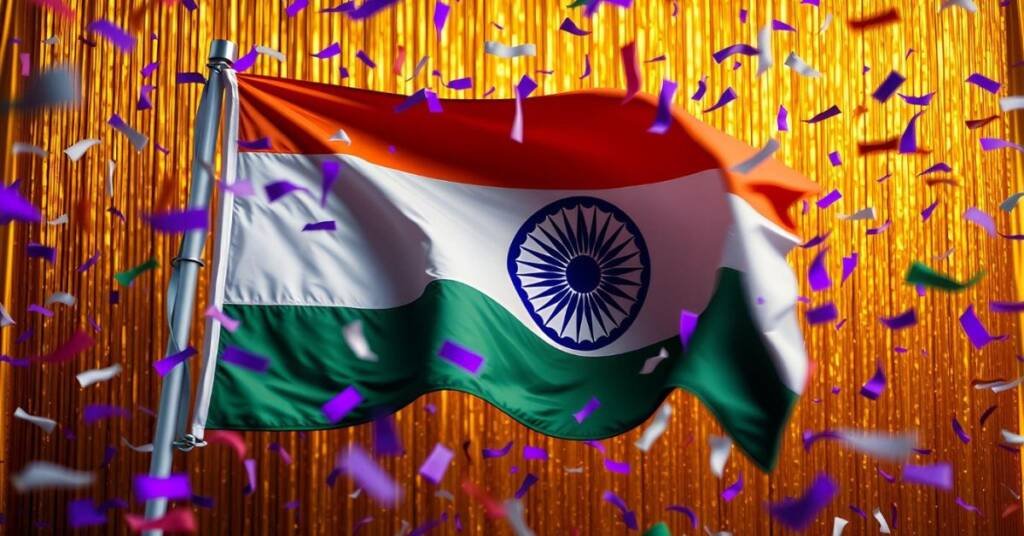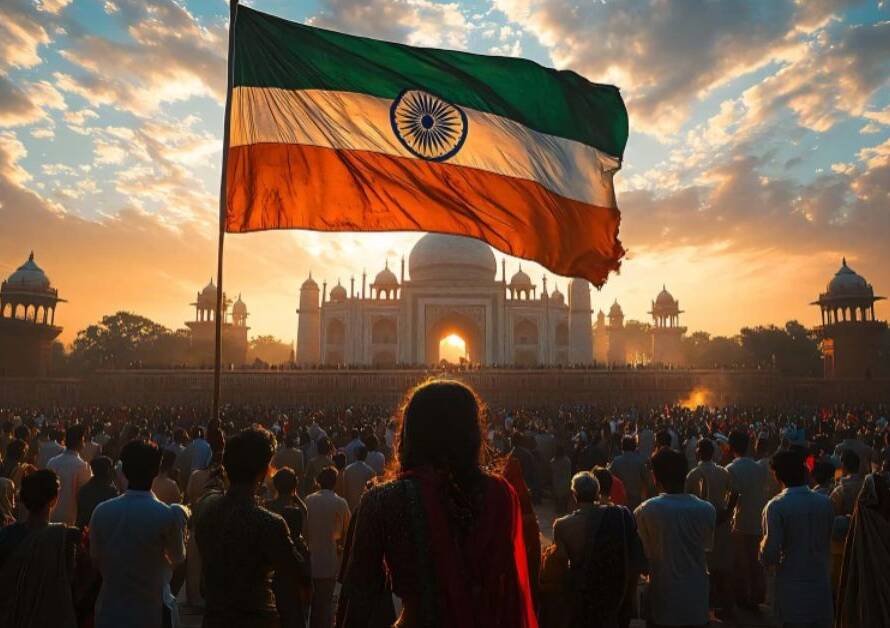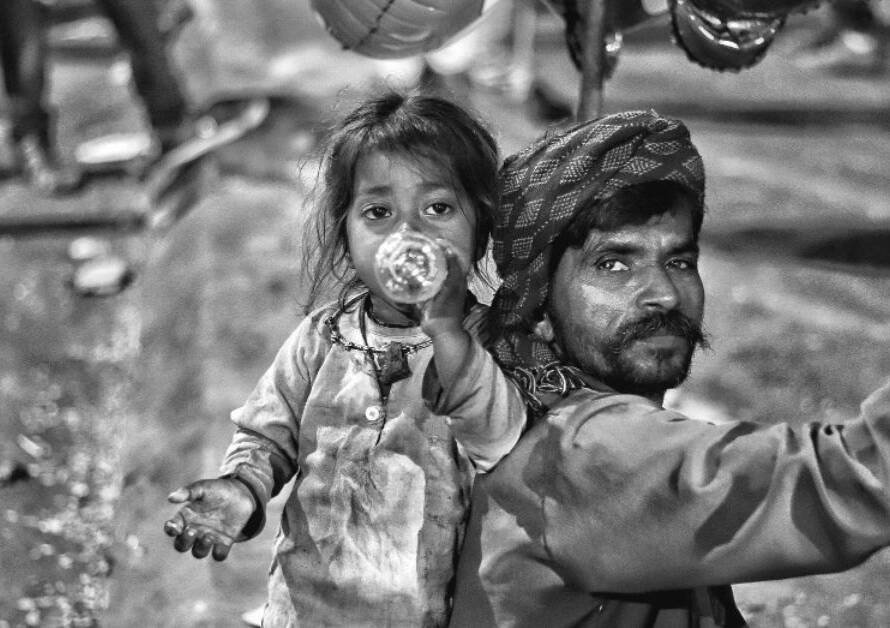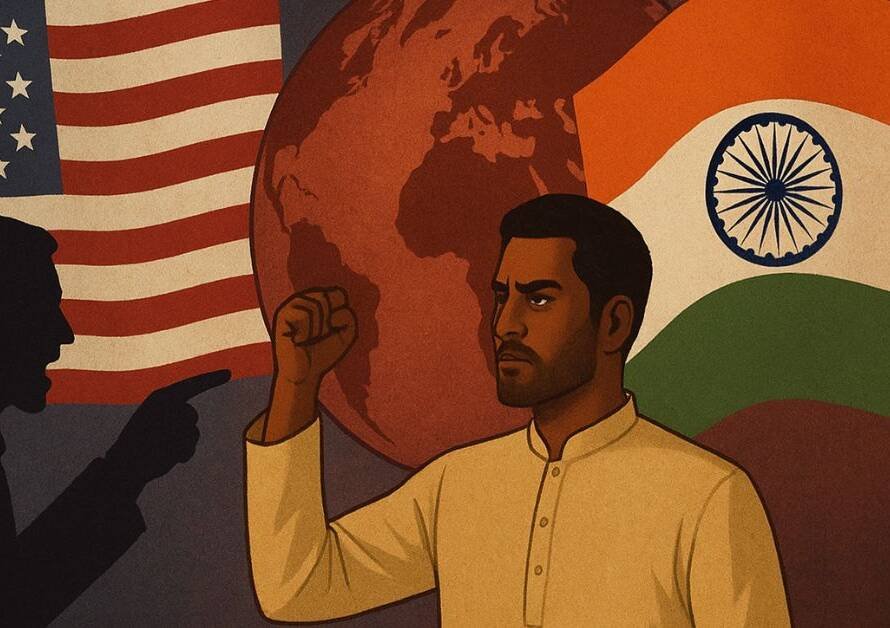Bharat Rising
Bharat Rising marks India’s journey from dependency to global power, showcasing its resilience, innovation, and growing influence on the world stage.
I. The Pre-2014 Era: Dependency, Corruption, and Weakness
Before 2014, India’s philosophy of governance was rooted in import dependency.
- Except for agriculture and basic consumer goods, everything was imported.
- License Raj, corruption, and scams dominated infrastructure and manufacturing.
- Politicians and bureaucrats thrived by siphoning public money through manipulations and negotiations.
- The common man paid the price—through slower growth, unemployment, and lack of global respect.
- India was seen as a soft state—vulnerable to U.S. sanctions, Western trade manipulations, and dependent on imports for defence, energy, and technology.
II. The Post-2014 Transformation: Self-Reliance and Infrastructure First
When Modi took charge in 2014, a paradigm shift began:
- Make in India (2014): Aimed to reduce dependence on imports by promoting local manufacturing.
- Infrastructure Push: Highways, railways, ports, airports, smart cities—unprecedented growth.
- Technology Development: From digital payments (UPI) to indigenous defence (Agni-V, INS Vikrant).
- PLI Schemes (2020 onward): Incentives worth ₹1.97 lakh crore across 13+ sectors to boost domestic industry.
- GST & Economic Reforms: Unified the market, reduced corruption loopholes, and strengthened transparency.
- For the first time, public money was not siphoned away but channeled into nation-building.
This was not just economics—it was armour.
III. Strategic Vision: Ajit Doval’s Doctrine of Sovereignty
In Modi’s very first briefing (2014), NSA Ajit Doval laid it out clearly:
- “If India wants great-power status, expect U.S. heat.
Our enemy isn’t China—it’s dependency.” - Tariffs. Sanctions. Dollar chokeholds. Defence strings.
That was the Western playbook.
Solution?
- Decouple risks.
- Build leverage.
- Control seas.
- Weaponize markets.
- Never be anti-U.S.—but always be pro-India.
For 11 years, this doctrine guided Bharat’s rise.
IV. Building Economic & Strategic Armour (2014–2025)
Energy Independence
- Qatar LNG Deal (2024): Locked long-term gas supplies.
- Russia Oil Imports: Despite U.S. sanctions, India secured cheap crude and refined it.
- Strategic Petroleum Reserves expanded (2021).
- Gulf Partnerships: Modi’s diplomacy ensured reliable oil & investment from UAE, Saudi Arabia.
Trade & Market Diversification
- UAE CEPA (2022), Australia ECTA (2022): Opened new markets.
- Africa Outreach & Latin America: Trade corridors beyond Western control.
- Chabahar Port (2024): Bypassed Pakistan, linked to Central Asia & Europe.
Financial Sovereignty
- UPI Globalization: Linked to Singapore, UAE, Nepal.
- Rupee Trade Corridors: Bypassed dollar chokeholds.
- BRICS Currency Initiative: Challenging dollar supremacy.
Defence & Security
- Agni-V MIRV (2024): Nuclear deterrence strengthened.
- INS Vikrant (2022): Symbol of naval independence.
- Indigenous Laser & Missile Programs: Reduced reliance on foreign suppliers.
Result? When the U.S. imposed tariffs, Bharat didn’t collapse.
We shifted suppliers, rebalanced oil mix, opened new trade corridors—and stood tall.
V. Modi’s Global Diplomacy: Insurance Policy Against Crisis
Modi’s much-criticized global visits—mocked as “photo-ops”—became Bharat’s strategic lifeline.
- Personal rapport with leaders from UAE, Saudi, Qatar, Israel, Russia, Japan, Australia, Africa gave us leverage.
- When Trump slapped tariffs, Bharat found alternative energy sources and new export markets overnight.
- NATO was shocked—India no longer begged for waivers, but dictated terms.
Today, Bharat can look U.S., China, and Europe in the eye—something unimaginable before 2014.
VI. Achievements in Numbers (2013 vs 2025)
- GDP (Nominal): $1.86T → $4.19T (4th largest).
- GDP (PPP): $7.4T → $17.65T.
- GDP per Capita: ~$1,450 → ~$2,900.
- PPP per Capita: ~$5,000 → ~$11,900.
- FDI Inflows: $300B+ since 2014, $81B in FY25 alone.
- Exports: Services at $387.5B in 2025.
- Poverty: Halved within a decade.
- Growth: 6–8%—fastest among major economies.
The nation has risen from bankruptcy to a global power.
VII. Challenges: Bureaucrats, Judiciary, and Public Indifference
Despite these achievements, the Modi government has faced:
- Resistance from bureaucracy & judiciary, slowing reforms.
- Lack of strong political involvement by the public—citizens enjoying fruits of growth but not contributing actively.
- India’s anti-national and anti-Hindu ecosystem obstructs every development effort.
India can become Top-3 Superpower only if:
- People give political strength and ground level support to BJP.
- Citizens actively participate in growth & nation-building.
- The bureaucracy and judiciary must fully cooperate with the government. ✅
VIII. The Real Threat: Opposition & Global Powers
If the opposition’s Thugbandhan returns:
- Bharat risks sliding back into corruption, scams, and appeasement politics.
- The focus will shift from development to Muslim appeasement.
- Terror networks, jihadi infiltration, and demographic manipulation will threaten Sanatana Dharma.
- India could end up like Pakistan or Bangladesh—poor, unstable, and Islamized.
- Global superpowers—America, China—may use Pakistan and Bangladesh as proxies to weaken us.
They may also support Congress and anti-Hindu forces to overthrow Modi.
IX. The Call for Hindu & Nationalist Unity
This decade was not about ego—it was about armour.
The pain of high taxes, tough reforms, and endless criticism was the Agni in the furnace.
Today Bharat stands strong because:
- We built self-reliance.
- We built global friendships.
- We ended dependency.
- We stood against Western bullying.
But the battle isn’t over.
- Either we continue on this path to superpower status, or fall back into the trap of appeasement, corruption, and weakness.
- The choice is ours.
Will we rise as Bharat Varsh—the Vishwaguru?
Or will we allow traitors within and bullies outside to drag us down again?
🇮🇳Jai Bharat, Vandematram 🇮🇳
For old Blogs please visit our website www.saveindia108.in







